Stretch marks—striae—aren’t just marks on your skin; they’re a sign of what your body has been through. Understanding their color helps you know where they are in their natural life cycle—and what kind of care they need. Let’s walk through the stages:
1. Red, Purple, or Dark Brown – Inflammatory Stage
These are new marks. They appear raised, itchy, or tender—your body is still reacting and healing. At this stage, they’re most responsive to treatment, because collagen and blood vessels are still active.
Why this matters:
This is the most treatable stage, when collagen support and hydration can truly make a difference. Treatments that promote elasticity and calm inflammation are most effective here.
Elsaie, M. L. (2009) – Laser and topical interventions are more successful during this early inflammatory stage due to active vascularization.
2. Pink or Light Brown – Early Healing
Over time, inflammation subsides, and the marks start fading. This stage signals that the skin is regenerating, and treatments that support elasticity and hydration help the most.
Care tip:
This is a great time to continue moisturizing and reinforcing the skin barrier with ingredients like ceramides, shea butter, and peptides to support elasticity and texture.
3. White or Silver – Mature/Matured Striae
These older marks are fully healed scars—less flexible, paler, and flatter. At this stage, they’re harder—but not impossible—to treat. Low-invasive options like lasers and microneedling can still make an impact.
Why it’s harder to treat:
These marks are less responsive to topicals alone and may require advanced interventions like microneedling or fractional lasers.
Clinical insight: Ud-Din, S. & Bayat, A. (2013) – Mature stretch marks are more fibrotic and avascular, making them more resistant to treatment compared to earlier stages.
Why Color Guides Better Care
📌 New (Red/Purple)—perfect time for collagen-boosting ingredients.
📌 Healing (Pink/Brown)—ideal moment to reinforce elasticity and fade pigmentation.
📌 Mature (White/Silver)—treat with targeted therapies like lasers, retinoids, or microneedling.
Rejûvaskin Stretch Mark Cream: Stage-by-Stage Support
No matter the color, Rejûvaskin Stretch Mark Cream is formulated to help. It delivers:
-
Hydration & Barrier Repair with cocoa butter, shea butter & aloe vera
-
Elasticity Support via ceramides that strengthen skin’s collagen matrix
-
Collagen & Elastin Boost through polypeptides to reinforce structure\
Ingredient efficacy: Bustos, S. S. et al. (2022) – Botanical-based creams, when used consistently, improve texture and appearance in early and mid-stage striae.
How to use it:
-
Start early—when you notice red or purple stretch marks.
-
Massage twice daily during the inflammatory and healing stages.
-
Keep using it through maturity—keeping skin healthy and pliable supports overall texture.
Fast Recap: Color, Care & Rejûvaskin
|
Color Stage |
What It Means |
Rejûvaskin Solution |
|
Red/Purple |
New & inflamed, treatable |
Polypeptides + hydration = collagen care |
|
Pink/Light Brown |
Healing, responsive to moisture |
Shea butter + ceramides = elasticity boost |
|
White/Silver |
Mature and paler |
Ongoing hydration supports texture |
Let Rejûvaskin be your gentle daily ally—hydrating, soothing, supporting skin at every stretch mark stage.
Works Cited
Elsaie, M. L. (2009). Striae distensae: Stretch marks and treatment options. Dermatologic Surgery, 35(4), 563–573. https://www.ncbi.nlm.nih.gov/pmc/articles/PMC2921752/
Ud-Din, S., & Bayat, A. (2013). New insights on the role of the vasculature in the pathogenesis of striae distensae. Clinical and Experimental Dermatology, 38(6), 702–708. https://www.ncbi.nlm.nih.gov/pmc/articles/PMC3663177/
Bustos, S. S., et al. (2022). A narrative review of current striae treatments. Journal of Clinical and Aesthetic Dermatology, 15(1), 48–55. https://www.ncbi.nlm.nih.gov/pmc/articles/PMC9777947/
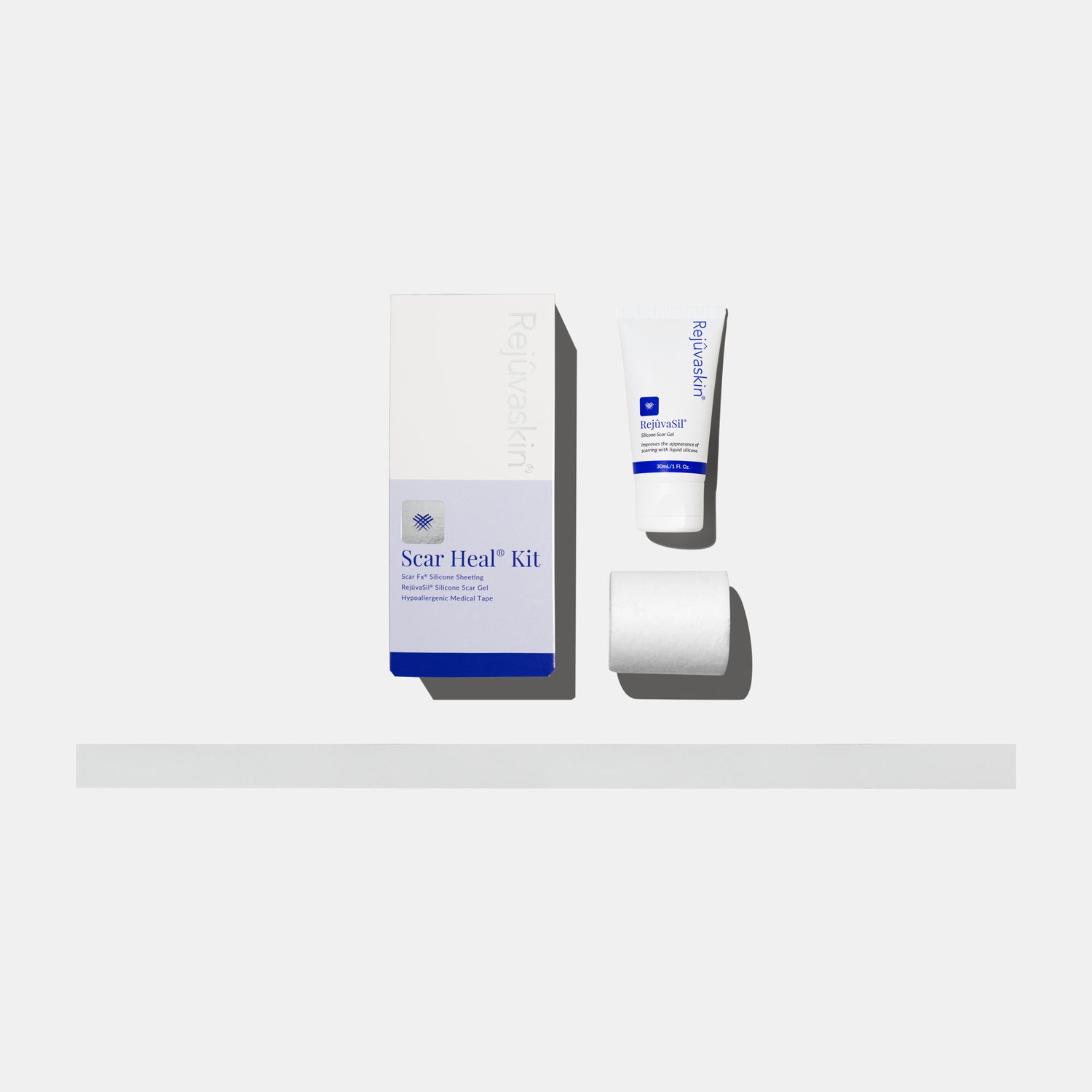


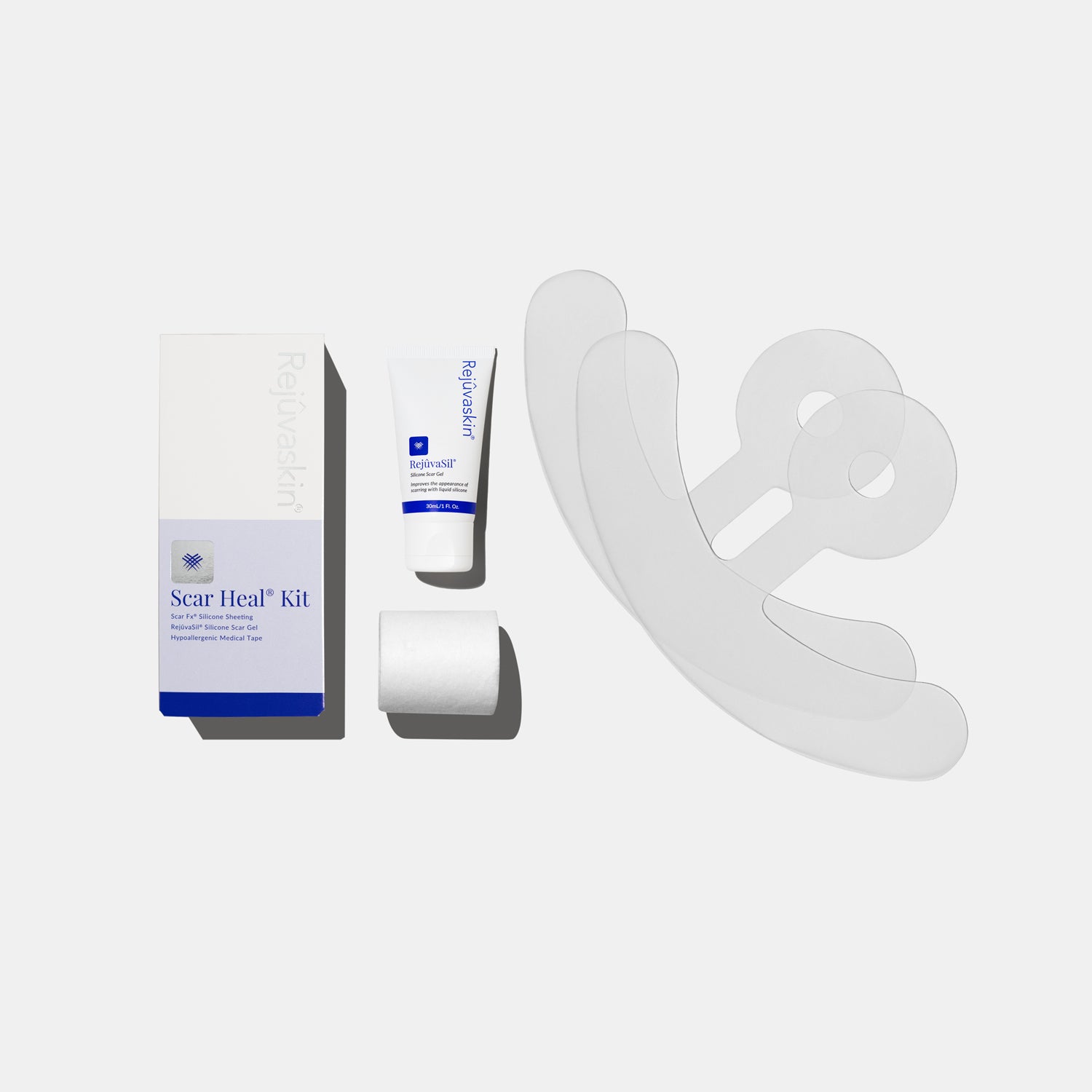
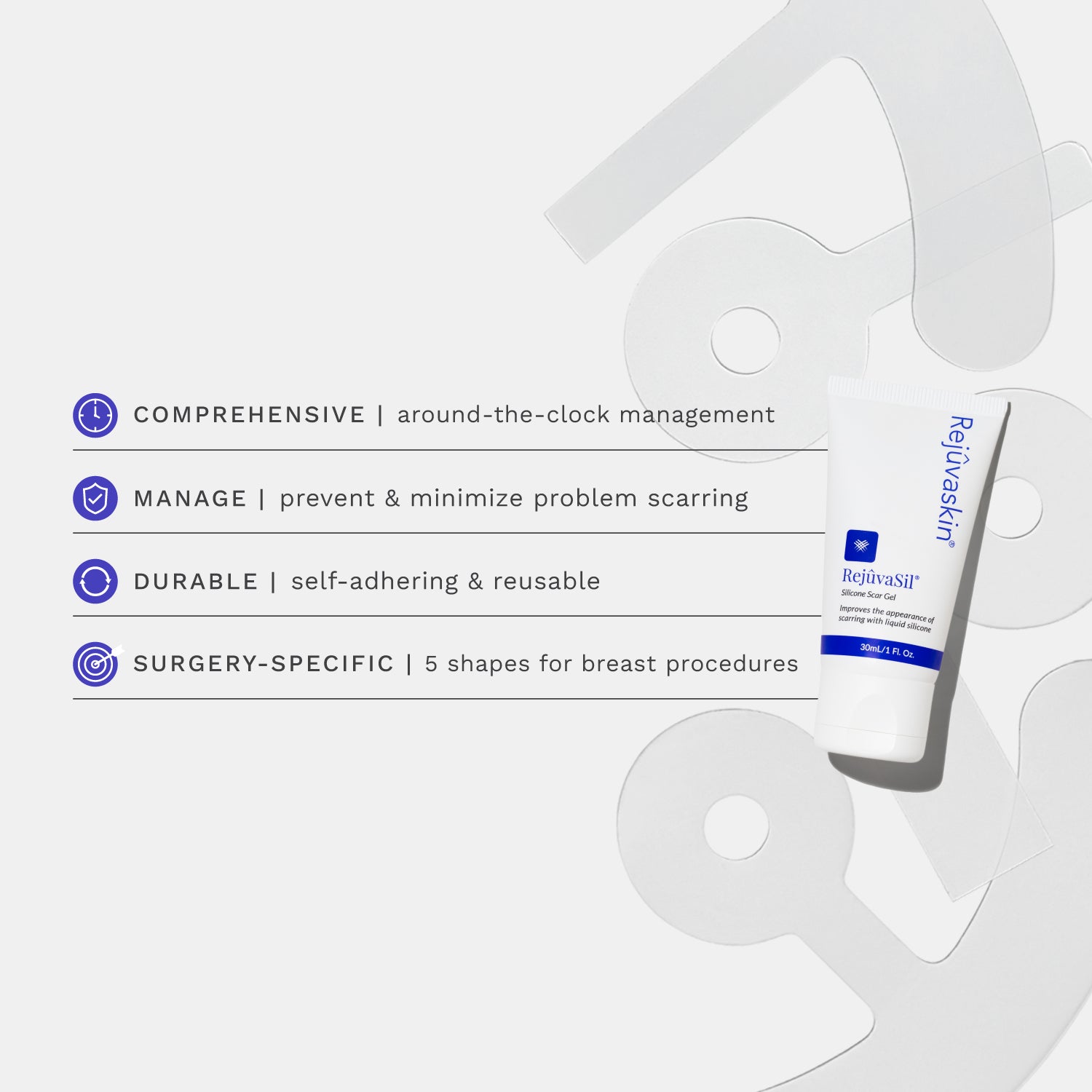
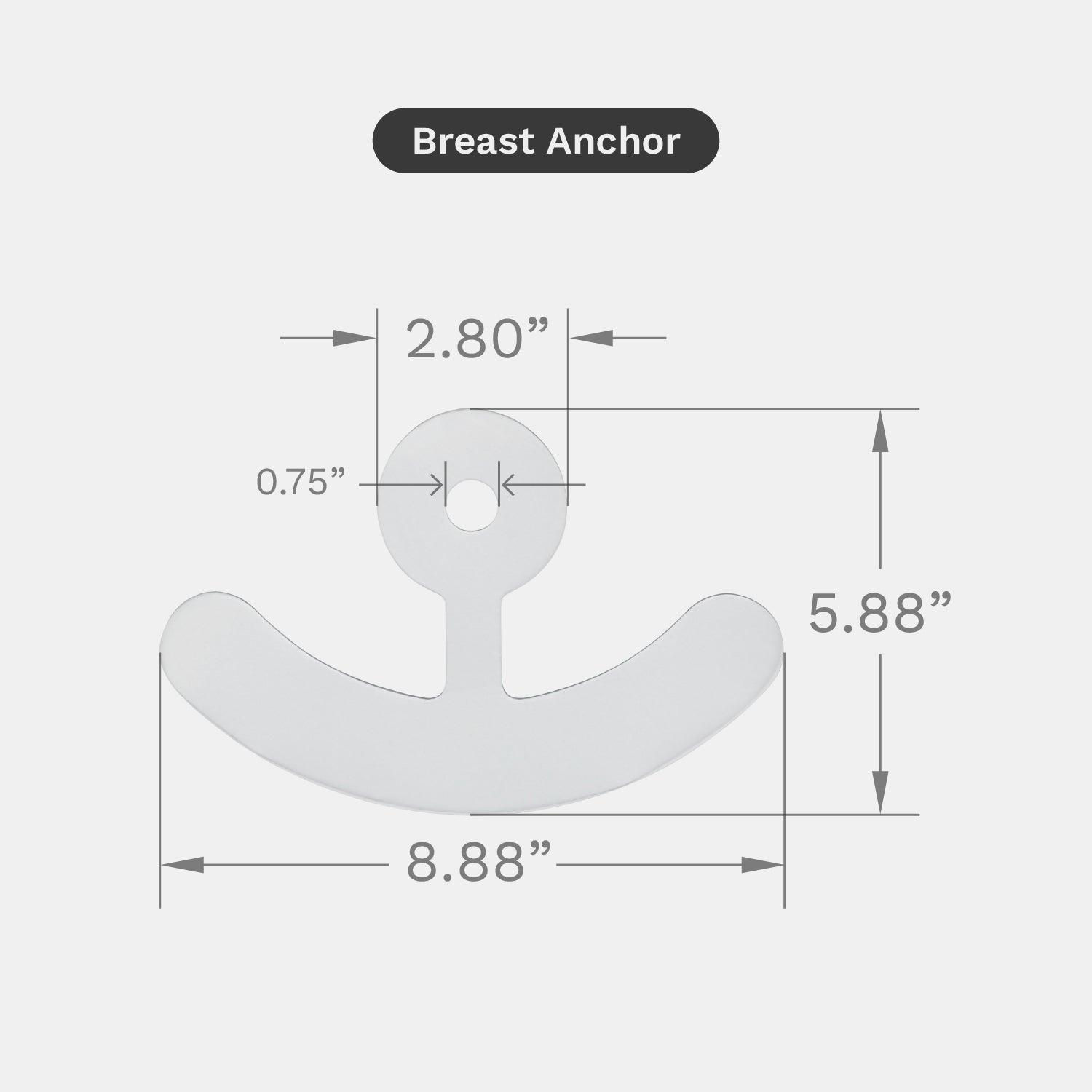
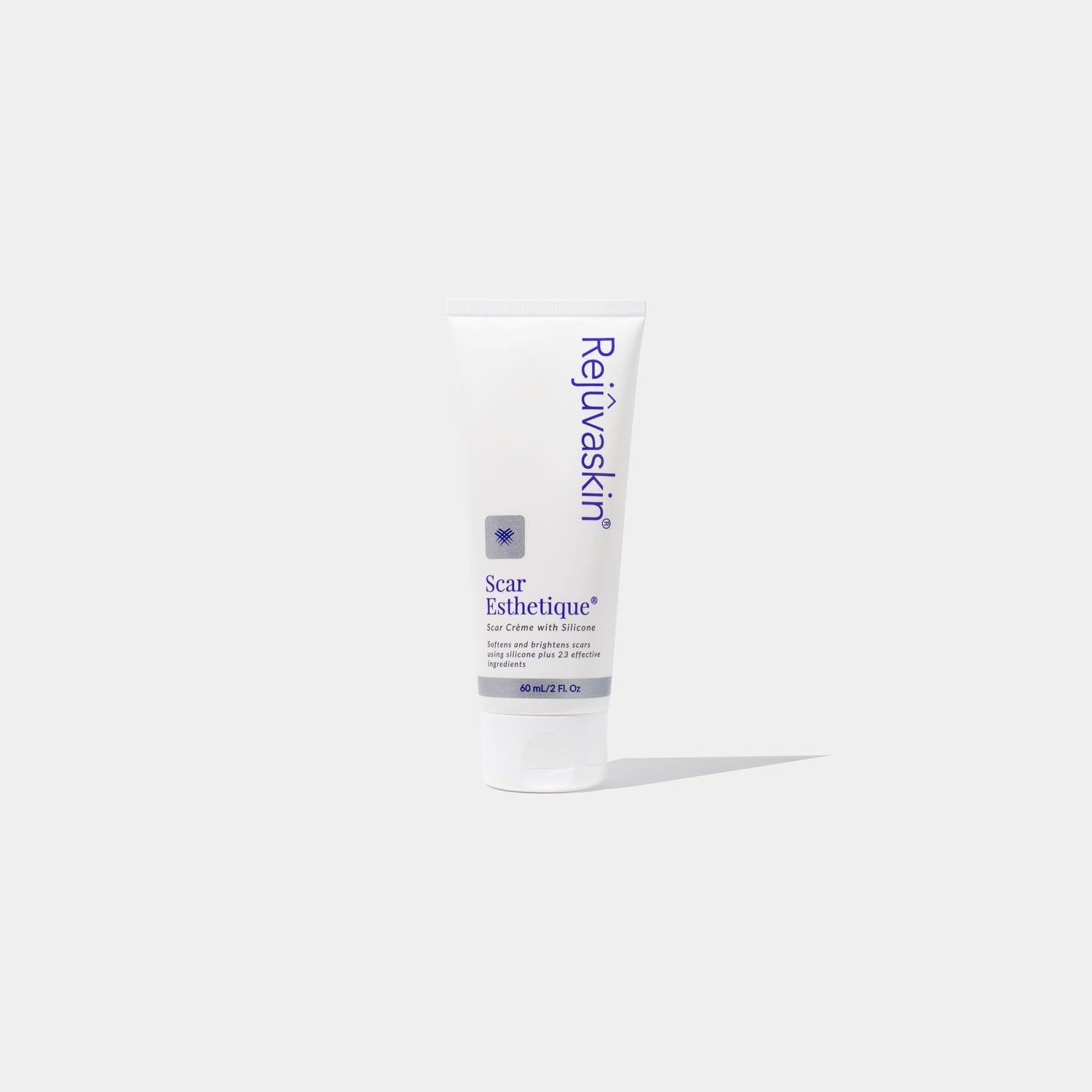
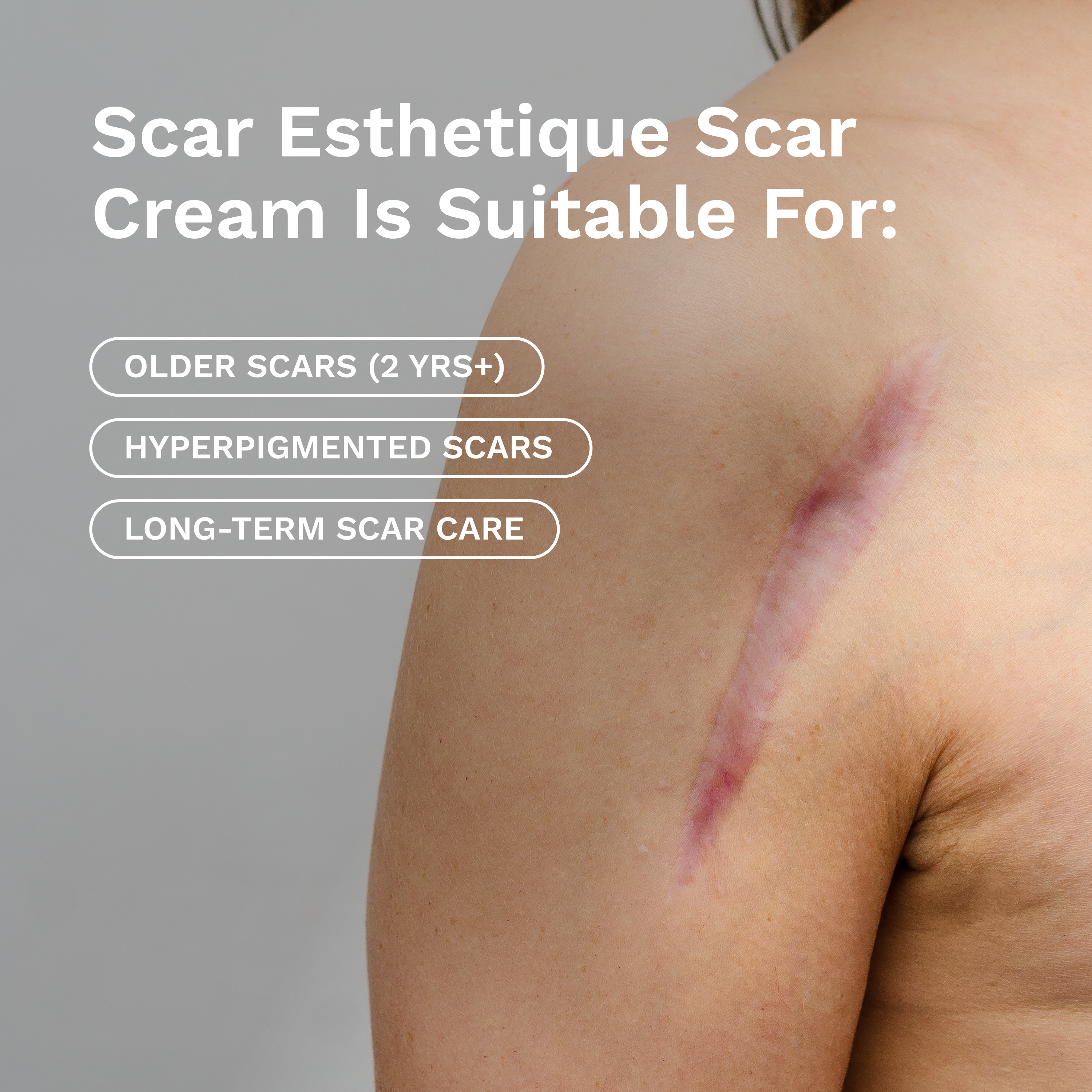









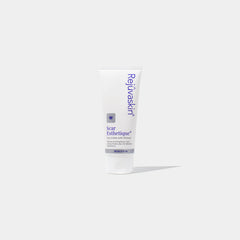
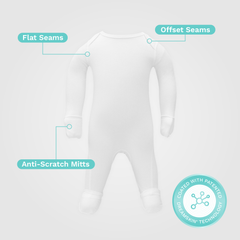


Leave a comment